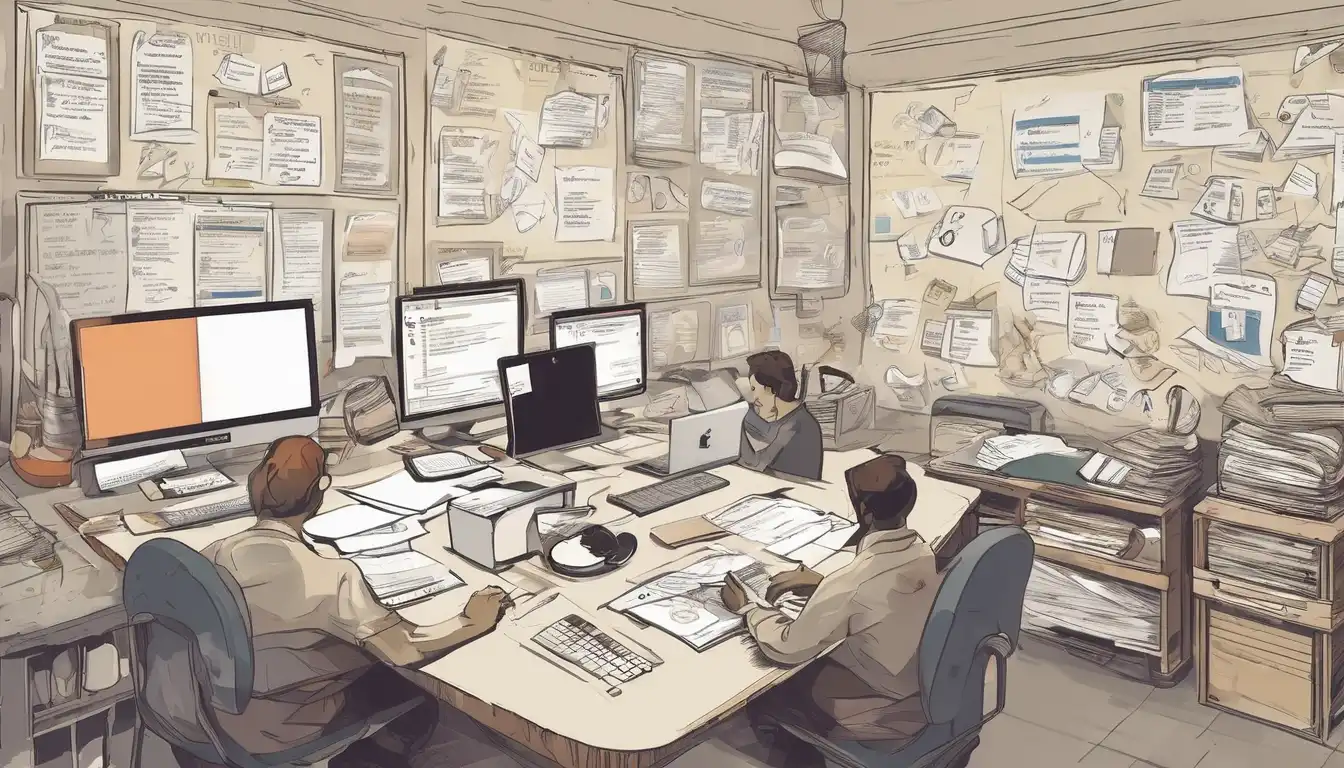Why Task Prioritization is Your Secret Weapon for Productivity
In today's fast-paced world, where endless to-do lists and competing demands can easily overwhelm even the most organized individuals, mastering the art of task prioritization has become essential for achieving maximum productivity. Effective prioritization isn't just about working harder—it's about working smarter by focusing your energy on what truly matters. This comprehensive guide will walk you through proven strategies to help you identify high-impact tasks, eliminate time-wasters, and transform your approach to daily work.
The Foundation: Understanding Different Types of Tasks
Before diving into specific prioritization techniques, it's crucial to recognize that not all tasks are created equal. Tasks generally fall into four categories: urgent and important, important but not urgent, urgent but not important, and neither urgent nor important. The most productive people spend the majority of their time on important but not urgent tasks—these are the activities that drive long-term success and prevent constant firefighting.
Understanding this distinction is the first step toward effective time management. When you can clearly differentiate between tasks that merely feel pressing and those that genuinely move the needle, you'll naturally begin to allocate your time more effectively.
Proven Prioritization Methods You Can Implement Today
The Eisenhower Matrix: A Time-Tested Classic
Named after President Dwight D. Eisenhower, this method involves dividing tasks into four quadrants based on urgency and importance. Create a simple 2x2 grid and place each task in the appropriate quadrant:
- Quadrant 1 (Urgent and Important): Do these tasks immediately
- Quadrant 2 (Important but Not Urgent): Schedule time for these
- Quadrant 3 (Urgent but Not Important): Delegate these if possible
- Quadrant 4 (Neither Urgent nor Important): Eliminate or minimize these
The power of the Eisenhower Matrix lies in its simplicity and visual nature, making it an excellent starting point for anyone new to systematic prioritization.
The ABCDE Method: Prioritizing with Precision
This technique requires you to assign a letter grade to each task based on its importance and consequences. 'A' tasks are critical and must be done today, 'B' tasks are important but not as time-sensitive, 'C' tasks are nice to do but have no consequences if omitted, 'D' tasks can be delegated, and 'E' tasks can be eliminated entirely. This method forces you to make conscious decisions about what deserves your limited time and attention.
Time Blocking: Structuring Your Day for Success
Rather than working from a simple to-do list, time blocking involves scheduling specific blocks of time for different categories of tasks. This approach ensures that important work gets dedicated focus time rather than being squeezed between interruptions. Start by blocking time for your most important tasks during your peak energy hours, then schedule less demanding activities for lower-energy periods.
Advanced Strategies for Complex Work Environments
The Ivy Lee Method: Simplifying Your Focus
This century-old technique remains remarkably effective. At the end of each workday, write down the six most important tasks you need to accomplish tomorrow. Prioritize them in order of importance, and the next day, focus exclusively on the first task until it's complete before moving to the second. This method prevents multitasking and ensures continuous progress on high-priority items.
Weighted Scoring: Data-Driven Decision Making
For complex projects with multiple competing priorities, create a scoring system based on factors like impact, effort required, deadlines, and strategic importance. Assign numerical values to each factor, calculate total scores for each task, and prioritize accordingly. This objective approach removes emotional decision-making and helps align your daily work with broader goals.
Common Prioritization Pitfalls and How to Avoid Them
Even with the best systems, several common mistakes can undermine your prioritization efforts. One major pitfall is confusing urgency with importance—just because something demands immediate attention doesn't mean it deserves your best energy. Another is underestimating task duration, leading to overcommitment and constant rescheduling.
To avoid these traps, regularly review your priorities, build buffer time into your schedule, and learn to say no to tasks that don't align with your key objectives. Remember that effective productivity strategies often involve doing fewer things better rather than trying to do everything.
Tools and Technology to Support Your Prioritization System
While the methods above can be implemented with pen and paper, several digital tools can enhance your prioritization efforts. Project management platforms like Trello or Asana allow you to visualize tasks using Kanban boards, while calendar apps facilitate effective time blocking. The key is choosing tools that support your preferred methodology without adding unnecessary complexity.
For those seeking a comprehensive solution, consider exploring task management software that integrates prioritization features with your existing workflow. The best tool is one you'll consistently use, so prioritize simplicity and ease of use when making your selection.
Building Sustainable Prioritization Habits
Like any skill, effective prioritization requires practice and consistency. Start by implementing one method that resonates with your work style, and give yourself time to adapt before introducing additional techniques. Regular reflection—perhaps through a weekly review—will help you refine your approach and identify patterns in what works best for you.
Remember that the goal isn't perfection but continuous improvement. Some days your prioritization will be spot-on; other days you'll need to adjust. The key is developing the awareness to recognize when your system needs tweaking and the flexibility to make those changes.
Conclusion: Transforming Your Productivity Through Strategic Prioritization
Mastering task prioritization is perhaps the single most impactful change you can make to boost your productivity and reduce workplace stress. By implementing the strategies outlined in this guide—whether you choose the Eisenhower Matrix, time blocking, or a combination of methods—you'll develop the clarity and focus needed to accomplish what truly matters.
The journey to better prioritization begins with a single step: consciously deciding how you'll spend your time today. As you build these skills, you'll find that effective prioritization becomes second nature, allowing you to achieve more with less effort and creating space for both professional success and personal fulfillment.
